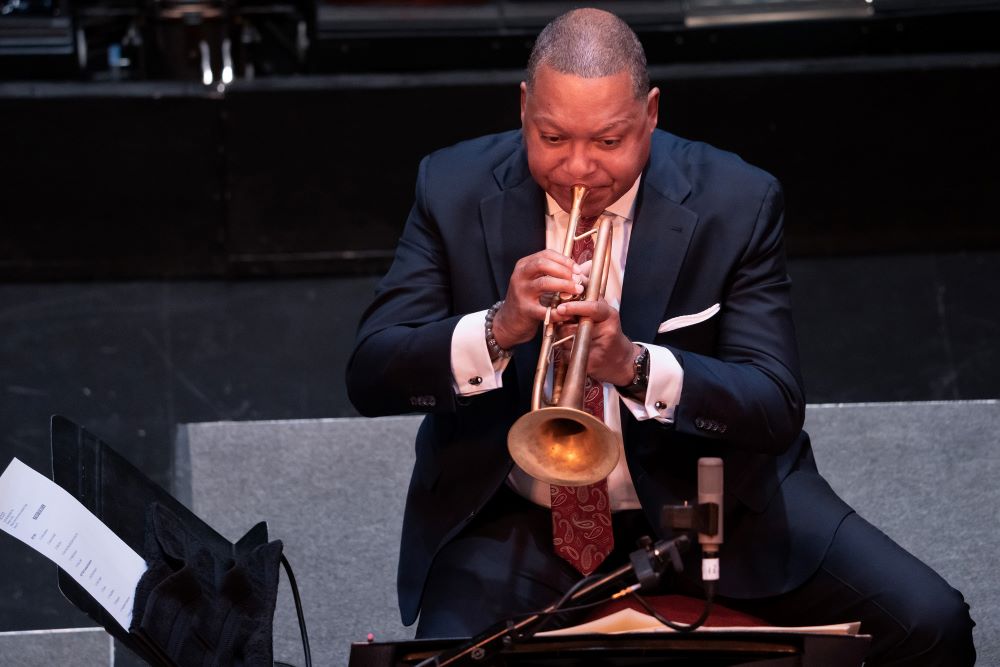Johnathan Smith, the orchestra engineer/front of house at Jazz at Lincoln Center, is employing Sanken Chromatic CU-55 microphones for trumpets both in the New York City venue and for touring worldwide with the Jazz at Lincoln Center Orchestra with Wynton Marsalis.
Trumpet is one of the loudest instruments in orchestras, typically ranging between 80 and 110 decibels in SPL. “I’ve started using the CU-55s as my trumpet microphones and they work beautifully,” says Smith. “The off-axis response is so smooth that when Wynton or any of the other trumpet players play a bit off-axis it still sounds amazing.”
Jazz at Lincoln Center produces thousands of performance, education, and broadcast events each season in its home, Frederick P. Rose Hall, known as The House of Swing. The organization was founded in 1987 and opened the first performing arts hall designed for jazz on Columbus Circle in midtown Manhattan in in 2004. Wynton Marsalis is the managing and artistic director of the Jazz at Lincoln Center.
Smith elaborates, “We have four trumpets with four CU-55 mics, including the one for Wynton. The sound is very good when the brass comes through big hall sound systems, which is where we perform most of the time. The CU-55 has a very natural warmth at the low end, so it helps capture the natural body of the instrument. I also use them on piano a lot because it’s so rich sounding — all the Sanken mics that I’ve used have a very natural sound.
“With piano, because of where the drums are, the 55’s not only have the smooth off-axis response, but behind the capsule it’s almost a 10 dB drop. I get much less drum bleed in the piano mics than any other microphones I’ve used. I like to put them across the strings, one on the high side, and one on the low side and actually flip them upside down so that the capsule is closer to the strings than the body. It just helps mitigate that drum bleed. And that way the back of the mic is pointing at the cymbals, which are at the tail end of the piano.”
Smith has also found an application for the CU-55 in drum miking. “I’ve been really enjoying it on the snare drum, because it’s small, with side address. It’s difficult to get any other mic in there because the cymbals and the high hat are so close to the snare drum. I can just set it up near the rim and I’ve got the sound I’m looking for. The CU-55 can handle very high SPL and totally takes it like a champ.
“I’ve really grown love these microphones,” he concludes, “and I love showing people these mics. I recently lent a pair to Jazz at Lincoln Center Orchestra pianist Dan Nimmer and he wants to get a pair for himself. These mics are clear, transparent and natural, giving me the sound I want when miking the orchestra.”




















